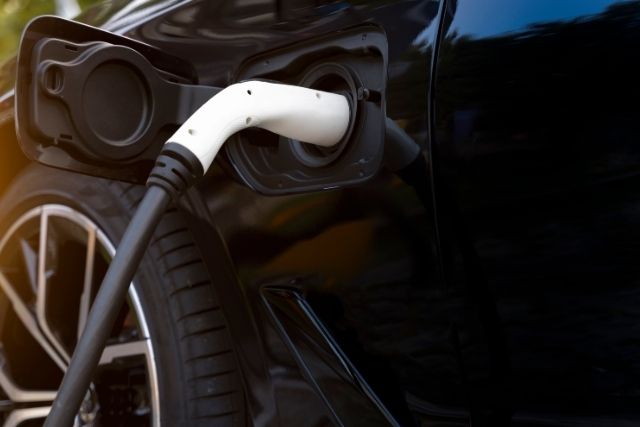The cost of EV batteries has been on a steady decline, and according to a recent report from Goldman Sachs, this trend will continue at a much sharper rate over the next few years. The report predicts that global average battery prices could drop by as much as 50% by 2026, a significant reduction from $149 per kilowatt-hour (kWh) in 2023 to just $80 per kWh by 2026. This price drop is projected to push EVs past the tipping point of price parity with gasoline vehicles, which could drastically change the future of the auto industry.
Why Are Prices Falling?
There are two primary factors behind this dramatic decline in battery costs: technological advancements and a downturn in the prices of raw materials.
First, advancements in battery technology are helping lower prices. One of the most significant developments is the introduction of larger battery cells and cell-to-pack technologies. These innovations reduce the number of individual battery modules required and, in some cases, eliminate them altogether. As a result, not only do costs decrease, but energy density increases by up to 30%, allowing for smaller, more efficient battery packs. Companies like Tesla have already been at the forefront of these advancements with their large-format 4680 cells, although challenges remain in keeping production costs low.
The second major factor is the drop in raw material costs. Battery production relies heavily on materials like lithium, cobalt, and nickel, which experienced steep price increases during the pandemic. However, prices for these key materials have started to fall, and this trend is expected to continue through at least 2030. Goldman Sachs estimates that falling raw material prices will account for around 40% of the total battery cost reductions expected over the next several years.
What Does This Mean for EV Adoption?
The implications of these price drops are far reaching. As battery costs continue to fall, the overall cost of EVs will become more competitive with gasoline-powered cars. This will make electric vehicles more accessible to a broader range of consumers, potentially driving up sales and accelerating EV adoption. According to Goldman Sachs, this price reduction could allow electric vehicles to make up 50% of the U.S. automotive market by 2030.
In fact, the cost of EV batteries has already decreased by around 90% since the introduction of the Tesla Roadster, the first modern electric car, about 15 years ago. This rapid decline has made electric vehicles more affordable for consumers and has been a key factor in the growth of the EV market worldwide.
The continued decline in battery prices is undoubtedly a promising sign for the future of electric vehicles. With technological innovations and lower raw material prices helping to drive costs down, the dream of widespread EV adoption is getting closer to reality. According to Goldman Sachs, the transition to more affordable EVs will not only reshape the auto industry but also help the world achieve a more sustainable, green future.
As EV prices continue to drop and technology advances, it seems clear that electric vehicles are not just a passing trend. They are the future of transportation, and the next few years could bring an even more dramatic shift in the market.



